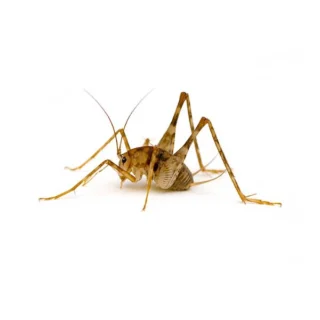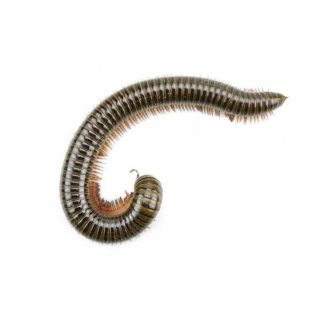Webworms in Central Arkansas
Native to North America, the webworm thrives throughout much of the United States and parts of southern Canada. During the late summer and early autumn months, its larvae construct large, unattractive webs on the outer tips of tree branches as they consume foliage. Distinguished from the Eastern Tent-Caterpillar, which prefers webbing in tree branch forks, webworms display unique web-building behaviors. With a diet consisting of leaves from over 80 species of shade, nut, and fruit trees, their webs, although not inflicting permanent harm, can become unattractive.
Webworm Habitat
Webworms can be found in various habitats worldwide, including forests, grasslands, and urban areas. They are commonly found on trees and shrubs but can also infest crops and ornamental plants. Infestations primarily occur on trees situated in open spaces, including roadsides, domestic gardens, and on the edges of forests. Appearing as elegant white moths, webworm moths emerge from May to July for mating purposes. The female moths deposit several hundred eggs on the undersides of leaves. Upon hatching, the young larvae commence nest construction by weaving leaves together. Enclosed within the nest, larvae consume foliage, enlarging the structure as they progress in their development.
Webworm Behaviors, Threats, or Dangers
Webworms are non-biting, non-poisonous, and are primarily classified as nuisance pests. Although their webs may be aesthetically displeasing, the defoliation caused by webworms typically results in minimal damage to trees. Since most trees are gearing up for winter dormancy, they possess limited energy reserves and experience minimal nutrient loss. Nevertheless, many property owners opt to eradicate webworm nests. Given the benign nature of webworms, their webs can be removed by simply using a long branch to open the webbing. Contact your local exterminator for help with webworms.
Need help with Webworm control?
Need Pest Control Service?
Leave your information below and we’ll be in touch with a FREE quote!
"*" indicates required fields
*During normal business hours. After hours calls will be returned the next business day.




